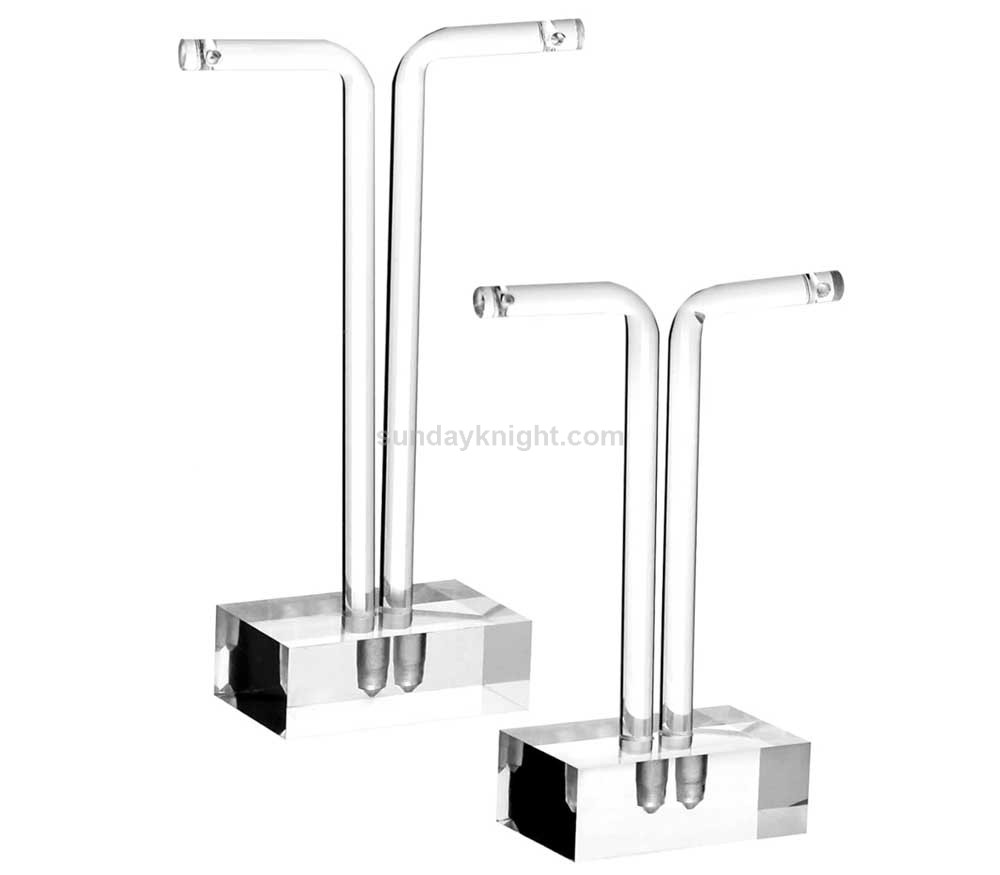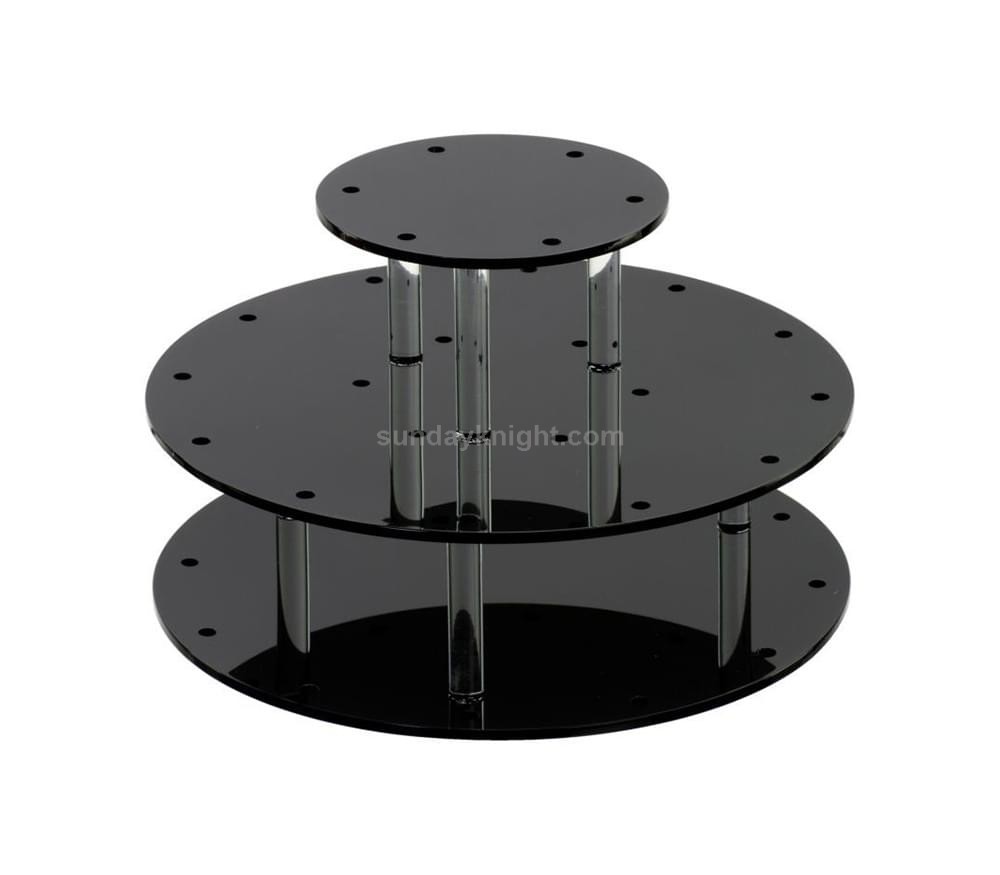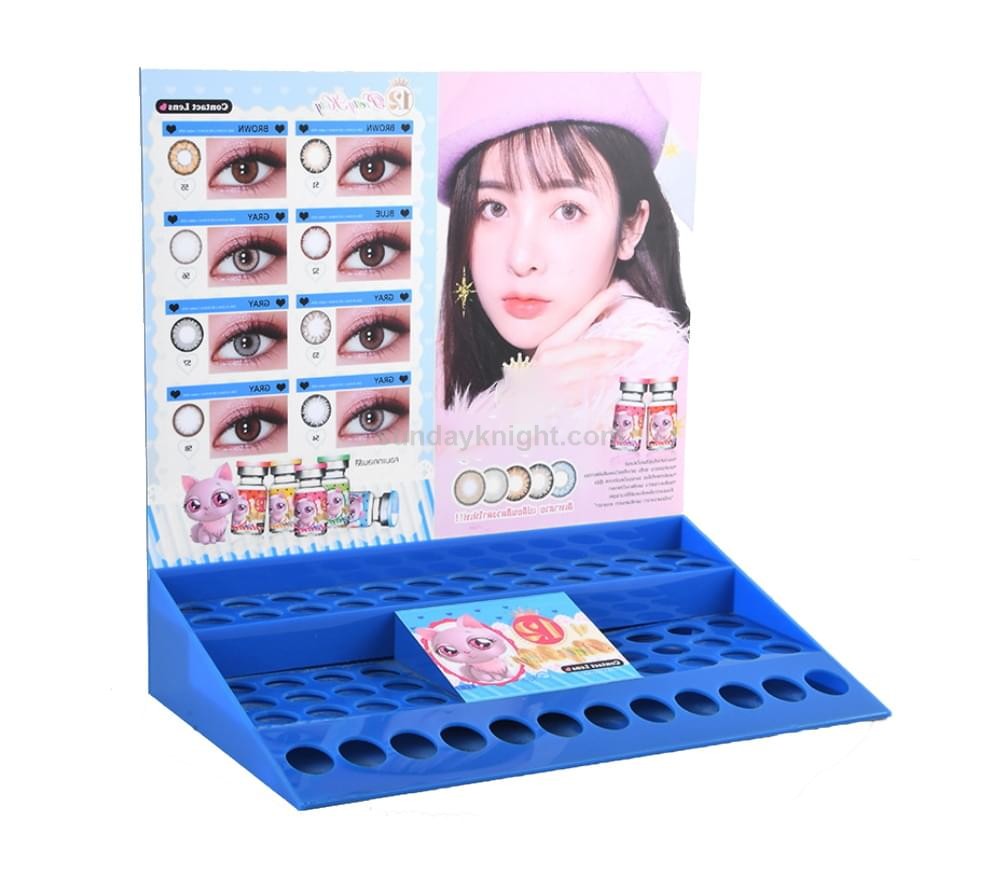In the world of design and craftsmanship, a material has emerged as a frontrunner, captivating both artists and practical-minded individuals alike. This material is acrylic, a versatile thermoplastic that has found its place in a wide array of applications, from art and architecture to everyday products. The dual charm of acrylic lies in its ability to seamlessly blend artistry with utility, making it a beloved choice for creators and consumers alike.



The Aesthetic Allure
Acrylic, also known as polymethyl methacrylate (PMMA), first gained prominence in the mid-20th century. Its transparent and glass-like appearance immediately caught the attention of artists and designers, offering a unique canvas for their creativity. Unlike traditional materials, such as wood or metal, acrylic possesses a remarkable ability to capture and refract light, giving rise to a mesmerizing play of colors and patterns. This optical quality transforms everyday objects into works of art.
Artists have embraced acrylic as a medium for sculpture, painting, and various other forms of artistic expression. Its adaptability allows for a wide range of applications, from the sleek and modern sculptures of renowned artists like Dale Chihuly to the vibrant and abstract paintings of contemporary creators. The transparency and durability of acrylic make it an ideal choice for outdoor installations, where it can withstand the elements while retaining its visual appeal.
The Practical Appeal
Beyond its artistic merits, acrylic’s practicality has made it indispensable in numerous fields. Its high durability and resistance to weathering make it an ideal choice for architectural elements such as skylights, windows, and facades. Acrylic’s lightweight nature makes it easy to handle and transport, reducing production and shipping costs for various industries. Moreover, its exceptional thermal insulating properties are well-suited for greenhouse construction, allowing plants to thrive in a controlled environment.
In the realm of consumer products, acrylic’s versatility shines through. Transparent acrylic containers offer a sleek and contemporary way to store and display everything from cosmetics to kitchen essentials. Acrylic furniture and decor items add a touch of modern elegance to homes and offices, often at a fraction of the cost of their glass or metal counterparts. The easy machining of acrylic allows for precise and intricate designs, making it a preferred choice for signage and promotional materials.
The Synergy of Art and Utility
What truly sets acrylic apart is its ability to seamlessly combine aesthetics with practicality. Acrylic artists often blur the lines between fine art and functional design, creating sculptures that double as furniture or vibrant paintings that also serve as room dividers. This fusion of art and utility challenges conventional boundaries and opens up new possibilities for creative expression.
The synergy of art and utility extends to everyday objects as well. Acrylic product designers prioritize both form and function, resulting in items that are not only visually appealing but also highly functional. Acrylic kitchenware, for instance, combines elegance with durability, offering consumers products that are as aesthetically pleasing as they are practical.
Conclusion
In the world of materials, acrylic stands as a testament to the harmonious blend of artistry and practicality. Its transparent allure has captivated artists for decades, while its durability and versatility have made it an essential component in numerous industries. Whether in the form of sculptures that challenge our perceptions or consumer products that enhance our daily lives, acrylic continues to demonstrate its dual charm.
As acrylic’s popularity continues to grow, we can expect to see even more innovative and imaginative uses of this remarkable material. It serves as a reminder that in the world of design and creativity, art and utility need not be mutually exclusive – they can coexist, enriching our lives in unexpected ways. Acrylic’s dual charms beckon us to explore the limitless possibilities it offers, inviting us to appreciate both the practical and artistic dimensions of this remarkable material.
